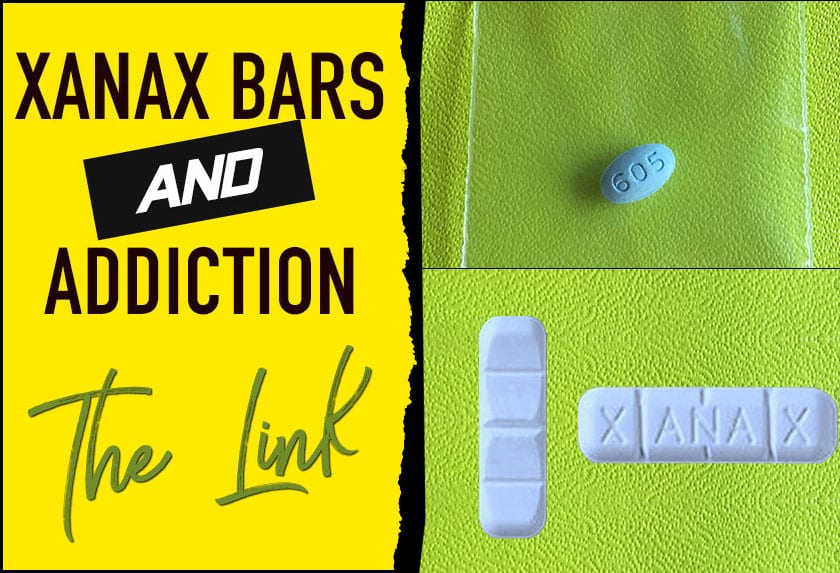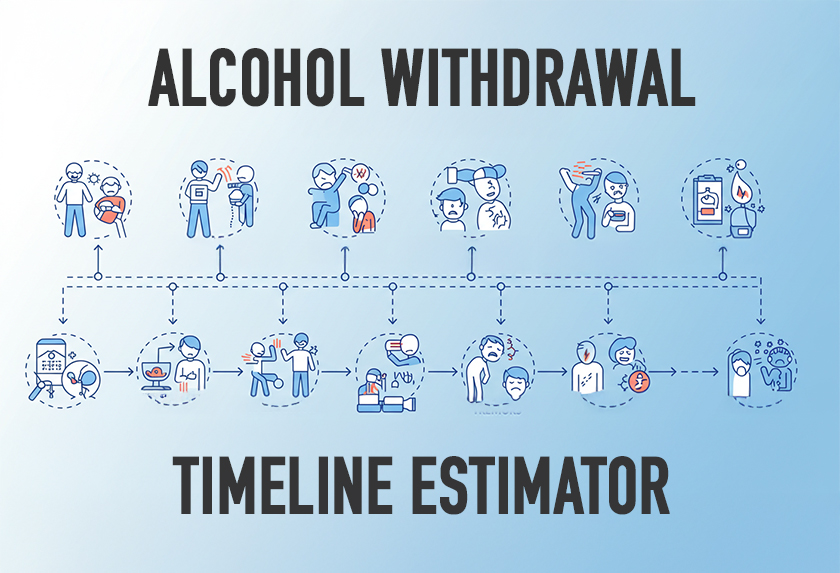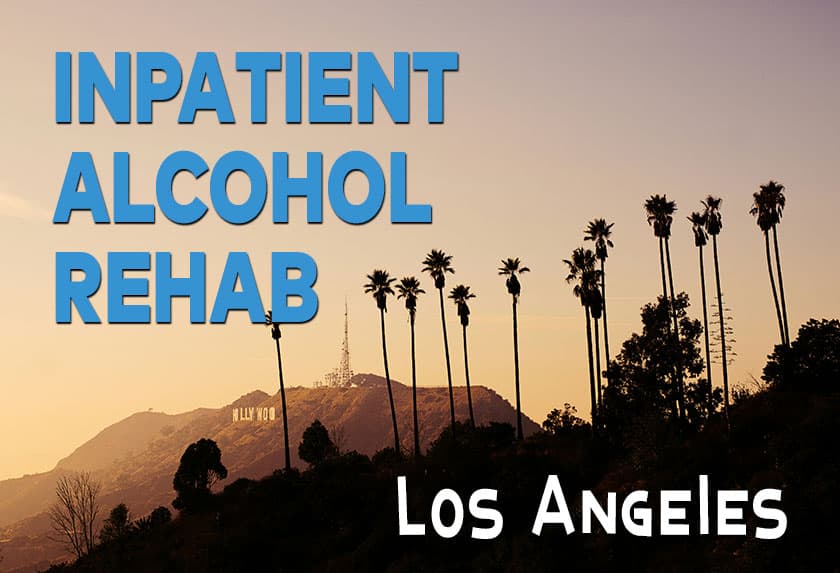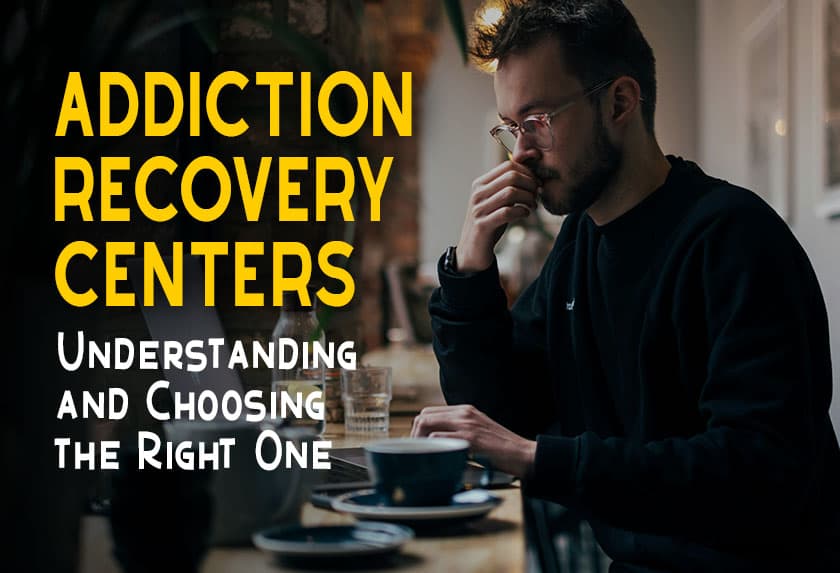Xanax is one of the best-known drugs in the country. Unfortunately, it’s also one of the most popular drugs of abuse.
And there’s a strong, frightening link between Xanax bars and addiction.
There’s reason to be concerned if you suspect a loved one may be abusing Xanax and we’ve outlined some important points to understand about the dangers.
What is a Xanax Bar?
Alprazolam, better known as Xanax, is a benzodiazepine which acts on the brain and central nervous system to create a calming effect. It’s typically used to spot treat panic attacks and anxiety disorders, though it is also prescribed for insomnia.
Xanax typically comes in the form of round pills, but they are also available in sectioned rectangular shapes known as “Xanax Bars,” which are commonly referred to as “z-bars” or “planks” on the street.
Unlike other antidepressants, which create an ongoing leveling effect for anxiety and should be taken daily, Xanax is sometimes taken only when someone feels an oncoming anxiety attack or panic attack. They can also be used in advance of when a person knows they will be in a situation that is likely to produce an anxiety attack.
Xanax is fast-acting and works to mute the effect of the anxiety attack, allowing the person who takes it to carry on their everyday life with minimal disruption.
Some users feel the effect in as little as 20 minutes and have a continued relaxed effect for 2 to 11 hours, though the drug stays in the system for up to three days.
Because of this, it creates a sort of tranquil high shortly after use. This makes it a wildly popular drug of abuse, and unfortunately it is highly habit-forming and addictive.
What Do the Colors Mean?
The colors and shapes of the bars indicate the strength of that particular Xanax pill. Here’s what they mean:
- Green three-sided: 3 mg
- Blue round: 2 mg
- Blue oval: 1 mg
- White rectangle xanax bar: 2mg
- White five-sided: 0.5 mg
- White oval: 0.25
- Peach round or football-shaped: 0.5 mg
- Yellow four-sided: 1 mg
- Orange oval: 0.5 mg
You may notice that the milligram amounts are startlingly low, given that some drugs come in 20 or 100 milligrams on a regular basis. That’s because Xanax is quite strong.
Why Xanax is So Dangerous
The surprisingly low dose strength of Xanax is only part of what makes Xanax misuse so dangerous.
Another reason Xanax is dangerous and highly addictive is primarily because of its short half-life. Remember when we said that Xanax can take effect in as little as 20 minutes?
A drug’s half-life refers to the period of time required for a drug’s concentration in the body to be reduced by one half and how long it takes for the drug’s concentration to peak in the bloodstream.
As you can probably guess from the short time required for Xanax to take effect, it has a decidedly short half-life.
When someone takes Xanax, it is metabolized and moved to the brain, where it increases production of a neurotransmitter called GABA. This happens quickly, creating a calming effect.
But as someone continues to misuse or abuse Xanax, their brain stops producing as much GABA on its own because it learns to rely on the Xanax. This can lead someone to take progressively higher doses of Xanax to get the same effect, which is the first sign of chemical dependence.
Xanax Has a More Dangerous Withdrawal Than Heroin
Withdrawal from a drug is never pretty, as drug abuse has an ugly impact on the brain. But while all withdrawal is unpleasant, there are only two kinds of drug withdrawal that could actually kill you:
- Withdrawal from severe alcohol abuse
- Withdrawal from Xanax and similar benzodiazepines
This is because Xanax is a nervous system depressant. Prolonged abuse doesn’t just decrease your natural production of GABA – it also forces your body to increase the production of other stimulating neurotransmitters to balance out the depressant.
As long as the depressant remains in the system, the body is not healthy, but it’s at least balanced.
When the depressant is gone, your body is suddenly flooded with far too many excitatory neurotransmitters, well above what your body would have under normal, safe circumstances.
This can create a potentially lethal withdrawal syndrome, as your body cannot regulate certain automatic functions.
For example, normal body temperature may spike or drop uncontrollably, users may experience seizures, they might not be able to sleep, may experience an irregular heartbeat, along with several other serious symptoms.
Signs of Addiction
For all these reasons, Xanax addiction is incredibly dangerous and should be managed with the aid of an experienced addiction medical professional. For anyone worried that a loved one may be abusing Xanax, keep an eye out for these symptoms.
Physical Symptoms
The first set of symptoms to watch for are physical changes.
Physical symptoms of Xanax abuse include:
- Inexplicable drowsiness
- Lack of coordination
- Dizziness
- Light-headedness
- Nausea
- Slurred speech
- Headaches
- Decreased sex drive
These symptoms alone may also be a sign of other health issues though, so watch for psychological changes as well.
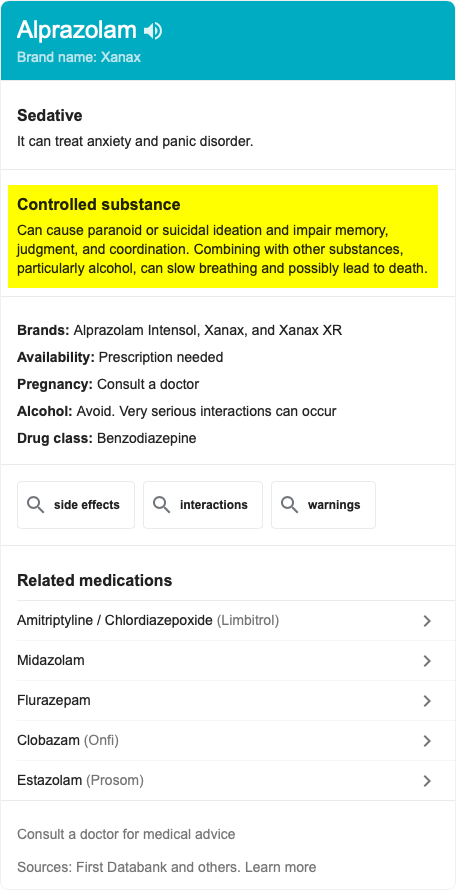
Psychological Symptoms
Since Xanax acts directly on the brain and central nervous system, it creates marked psychological changes over time, especially in severe cases of abuse. These changes can include:
- Confusion
- Sudden irritability or aggression
- Excessive tiredness
- Lack of enthusiasm for activities that were once enjoyable
- Manic moods
- A difficulty with memory and attention
- Avoidance of tasks that require prolonged attention
Many of these symptoms can make a loved one difficult and, frankly, downright unlikeable. But remember that they need your help now more than ever.
Treating Xanax Addiction
Addiction to Xanax bars or pills can quickly spiral out of control, and it’s necessary to seek treatment at the first signs of a problem.
Recovery is possible and effective if done properly at a reputable addiction treatment facility.
It’s never advisable to stop using Xanax cold turkey because it’s not safe to quit any type of benzodiazepine without the supervision of a doctor. As mentioned earlier, it can be fatal to stop benzo use without tapering off the dosage.
The first step of treatment is detox to manage the physical and psychological withdrawal side effects and to keep the patient calm, safe, and comfortable.
After detox, formal recovery treatment will begin to address any underlying issues that might be causing the drug misuse.
When searching for treatment facilities, it’s important to look for evidence-based treatment centers that also provide in-house detox and support for dual diagnosis or co-occurring disorders.
It can be a daunting task to research and understand the wide variety of options available to find the best fit, as each person has different reasons for misusing prescription drugs.
We can help find the best treatment options for each individual and our contact page makes it easy to get in touch with us.

